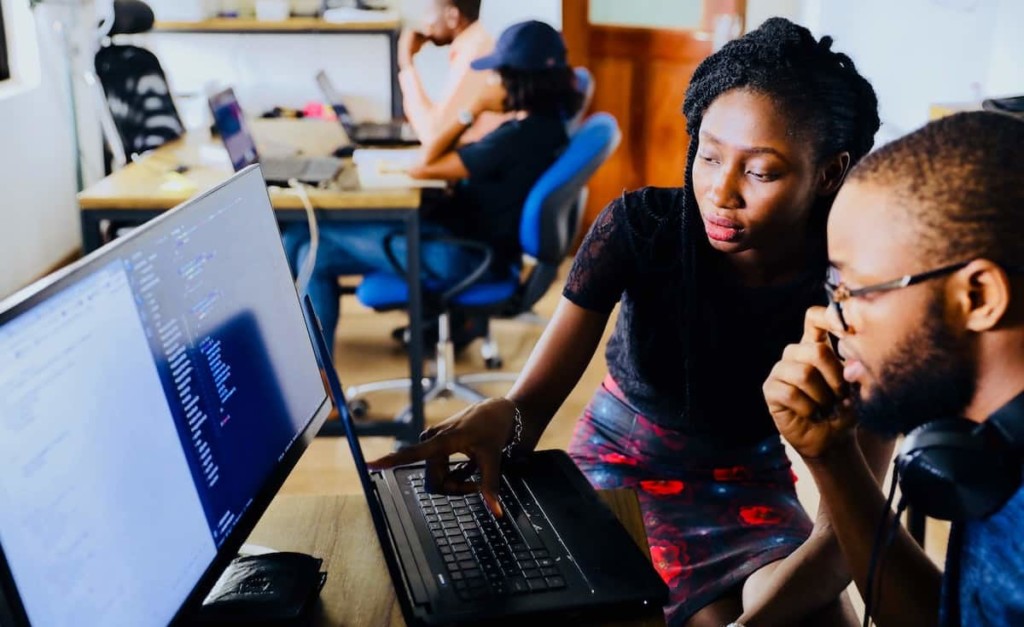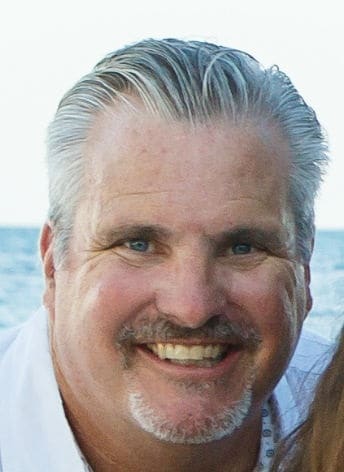The Role of Student Roles

In the world of work, all of us have roles. We have formal ones (our job titles), but we also might function in informal ones (duties we assume). Either way, the roles we serve in communicate the value we add to any organization or effort. Our roles might imply responsibility, skill sets, expertise and even the expectations of others. But all of this represents our professional, and often even personal, identity. It informs us and others how we function within a larger group, company, organization or project.
The What
Throughout the history of modern education, we have created and utilized students’ roles. Teachers would assign, often in the elementary levels, students to perform certain tasks – such as attendance, cafeteria support, cleaning up or more. At the secondary level, we associated roles with leadership positions either in student government, clubs or groups such as athletic teams and performing groups. There is nothing wrong with any of this.
So, in the pursuit of deeper learning where students are engaged in pursuing real-world challenges, as well as sharing their work publicly, can student roles add to the quality, effectiveness, and overall experience? I would like to share some insights that imply yes and even what it could look like.
The Why
There are many reasons to expand the application of real and relevant roles for all students throughout their learning. It’s not about titles for title sake (although students do respond to positions). It’s about students taking greater responsibility for the strategic roles in the classrooms. It’s about allowing students to bring their expertise and experience forward for the greater good, while also enhancing their skills, resumes, portfolios, and self-realization. Here are a few role types to consider:
Project / Instructional Roles
These are directly related to actual work and workflows as part of any larger collaborative pursuit or effort – i.e. a real project. For example, what if every project, team, class, or other had a Media Coordinator responsible for coordinating the video work? Or a Social Media Coordinator handling the class Facebook, Instagram, and Twitter Accounts? How about a Project Coordinator responsible for calendars, roles, timelines, and deliverables? One could keep going with a Design Coordinator, Social Coordinator, Web Coordinator, YouTube Channel Coordinator or Community Coordinator. How about Peer Coaches? At my former project-based high school, we created a Student Project Coordinator role. Students who were advanced in a given curricular area, or showed tremendous enthusiasm and skill, could apply for this position that had students in the role of facilitator of learning. Instead of Teacher’s Aide, or glorified gopher, Student Project Coordinators led sessions, coached small groups, organized model lessons, and delivered demonstrations. (Special Remote Learning Note: in our current distance learning environments, what leadership or management jobs could students assume? Could they assist in some of the tech being used? Could they facilitate how respondents are chosen? I bet we can generate some important and current ideas that would create an agency for students and sanity for teachers).
Governance Roles
As referenced earlier, we have traditionally had some roles for students, especially at the secondary level, where they were expected to participate in and facilitate some formal leadership roles on campus. Most of us know these as entities such as Student Body President, Class President, or others. Although well-intended, and effective in some established programs, this does not go far enough in terms of truly involving students in the governance of their schools.
A term that has gained popularity is democratization. Whether we’re talking about students, staff or community, the intent here is to get as many people as possible to contribute to the decision-making and implementation needs and efforts of the organization.
In schools, this could mean varied things. But one example could be hiring. At my project-based high school that emphasized student voice, we had student representatives on every interview and hiring panel. Every teacher hired was not only interviewed by site leaders, other teachers, parents, and community members but students as well. And they were not there for a token appearance. Indeed, they were part of the discussions and ultimate selection of the finalists or candidates Naturally, this could extend to all needs and decisions made at the school. Again, there are some schools doing, but far too often our students are in ceremonial or symbolic roles versus ones that truly impact the direction of the school. (Special Remote Learning Note: It would be interesting to see what leadership roles exist now in the distance learning environment. Maybe students should be part of all committees, task forces, or collaborations that are focused on redesigning school now and later. It’s never been a better time to include student voices in all decision-making processes.)
Schoolwide Needs Roles
I have always believed that most students not only truly care about their learning, but also their learning environment. If they are trusted and respected appropriately, they can become supporters of our desires to have safe, clean, positive, and nurturing learning spaces. I had great success with challenging students to come up with creative solutions (School Improvement Projects) to everything from embracing diversity to special education inclusion and more. Think about a school problem and think about who normally works on these. It’s the adults. However, students can and should be the ones that work on these as well. Indeed, in a project-based learning environment, these can become great introductory projects or even capstone choice projects. (Special Remote Learning Note: in our current distance learning environments, how can we get our students involved with how to make school safe when we do return? How can they help design and implement new ways to do face-to-face learning? With all the different schedules, technology, and changes that have been made to learn from home, what can we apply to our learning environment when we return? Maybe the school shouldn’t return to normal.)
Real-World Preparation
These things have worked and continue to work in the professional world. And therefore, they can be powerful in school. What better way to personalize learning than to have every student assume responsibility for something in which they have potential interest, skills, experiences, background, and expertise. We will increase their agency, leadership, and readiness while also increasing the quality of work universally.
For more, see:
- Active Learning and Student Leadership in Tulsa Schools
- 8 Things to Look For in a Student-Centered Learning Environment
- Letting Students Lead School Culture
Stay in-the-know with innovations in learning by signing up for the weekly Smart Update.








0 Comments
Leave a Comment
Your email address will not be published. All fields are required.